The Little Daffodils
Plus Garden To-Do’s for October
By L.A. JacksonWhen it comes to bold and bodacious, miniature daffodils are never tagged with such attributes, but this doesn’t mean they can’t make a big impact in your garden. Coming in at less than a foot tall, these bulbous plants feature tiny flower cups — so small you can’t even fit your pinkie in one! These fall-planted beauties bring a special charm to the spring landscape that is tough to beat.
Sure, such diminutive daffies are dwarfed by full-sized daffodils, but what they lack in size, they make up for in numbers. The bulbs of miniature daffodils are champs at producing bunches of bud stalks, meaning a higher concentration of blossoms. With proper placement, this resulting boost in flower power can translate into a pleasant, uninterrupted sweep of blooming color in a garden.
Another plus for these petite pretties is that, since they don’t grow as tall as typical daffodils, they are less likely to be beaten down into a flattened mess by the first hard spring rain. This lack of height also works to the advantage of a casual gardener when miniature daffodils are interplanted with summer perennials such as phlox, hostas, liatris or Solomon’s seal. In late spring, their short stems and foliage will turn yellow and droop, but this will be hidden by the up-and-coming, warm-weather shoots and leaves, meaning little cleanup is needed.
In a sunny, well-draining spot, miniature daffodils will not only be yearly spring showoffs, but they can also naturalize and begin to spread.
In a sunny, well-draining spot, miniature daffodils will not only be yearly spring showoffs, but they can also naturalize and begin to spread. And since they could suffer in soggy soil, potting up these pretty plants is certainly an option for gardeners who either have limited growing space or don’t want to get down on all fours to be up close and personal with these tiny dancers.
As far as available cultivars go, there are plenty, and many are fairly easy to find locally and (certainly) online. I have enjoyed a swath of common “Jetfire” in my front yard for many years, and it has yet to show signs of garden fatigue. The popular “Tete-a-Tete” — probably the poster child for miniature daffodils — gleams with light yellow petals surrounding golden yellow cups. “Sun Disk” and “Little Gem” also have a look similar to “Tete-a-Tete.”
A lighter presence in the spring garden can be had with frequent favorite “Minnow,” which blushes with white outer petals embracing faint yellow centers. And for paler pleasure, try the almost pure white “Snow Baby.”
Garden To-Do’s for October
- Having fun is what gardening is all about, but if you sometimes add a cupful of unusual and maybe a dash of nutty to your landscape scheme, well, it makes working outside with plants just that much more enjoyable. Need ideas? One place to find a good concentration of quirky this month is at the NC State Fair’s Flower and Garden Show in Raleigh, where you will see plenty of pretty plants melding with many playful ideas. The fair runs October 11 through 21, 2018.
- Pansies! October is an ideal planting month for these persistent winter pretties. Scratching in a little time-release fertilizer around the plants as they are set in the ground will boost their flower production through the coldest of seasons in the garden, as will deadheading blooms past their prime.
- To help prevent black spot on roses next year, after leaf fall, rake up and discard the summer mulch and debris from under the plants, and replace with a fresh winter mulch. Do not compost the rakings.
- Landscape to conserve energy? You bet, especially if you plant evergreen trees and shrubs on the northern and northwestern sides of your house to help deflect heat-robbing effects of the coldest winter winds, which usually blow in from a northerly direction.
-
More from Carolina Gardens
-
Share this story:

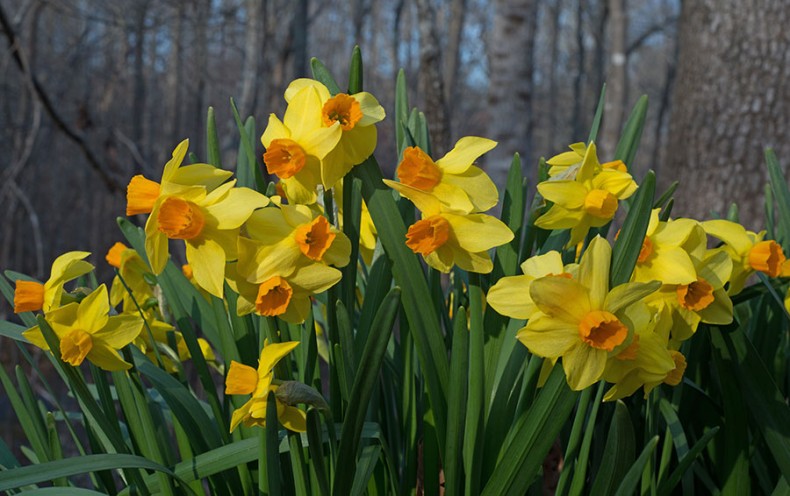
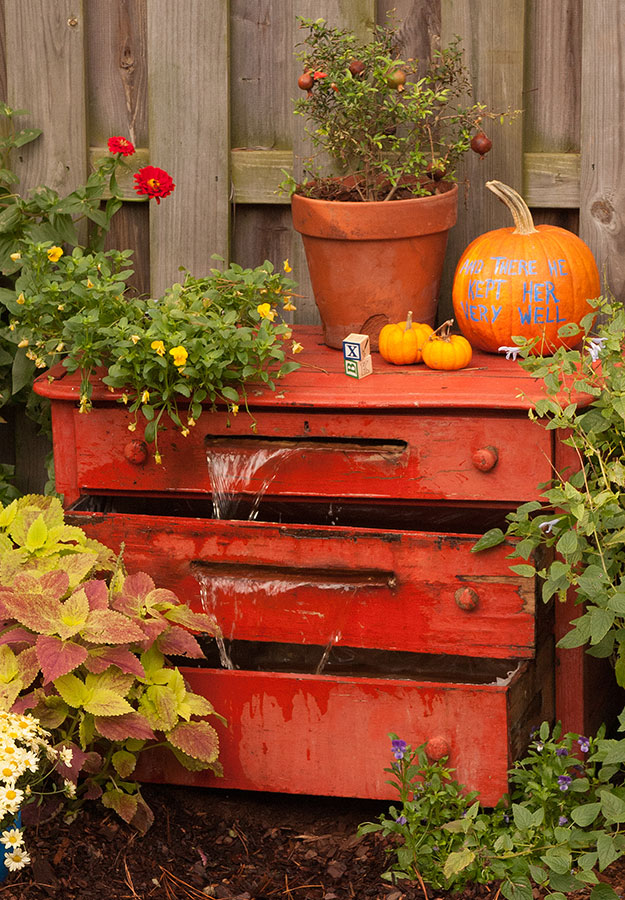
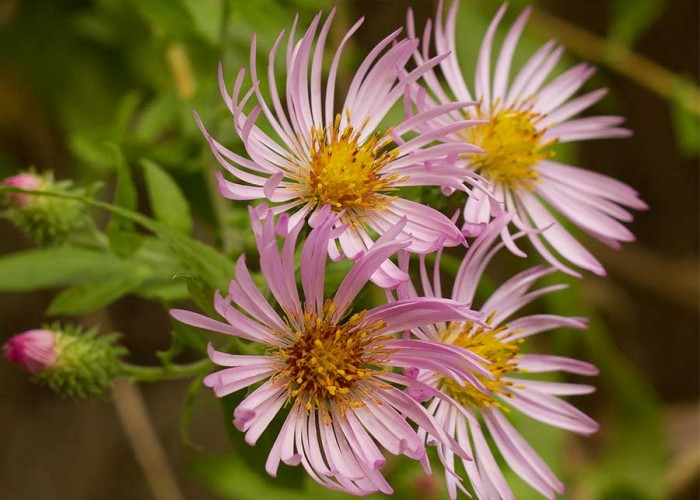
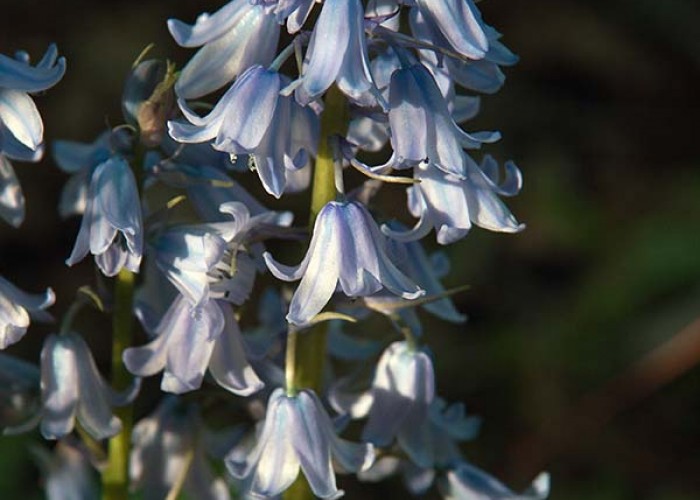
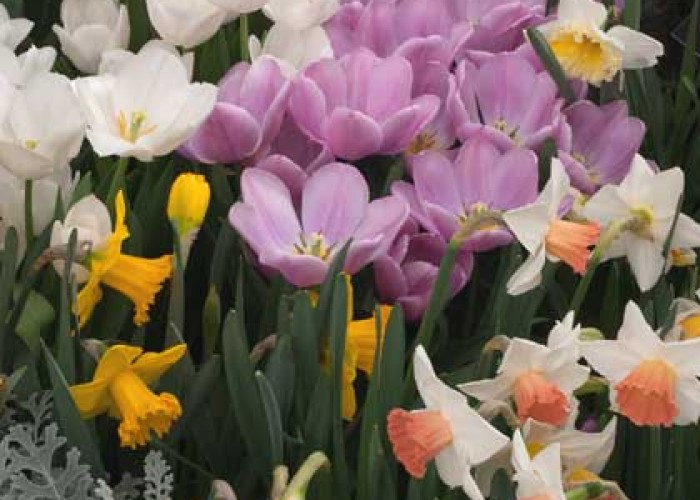


Comments (2)
JUNIUS BAREFOOT |
March 28, 2021 |
reply
Carolina Country |
March 28, 2021 |
reply